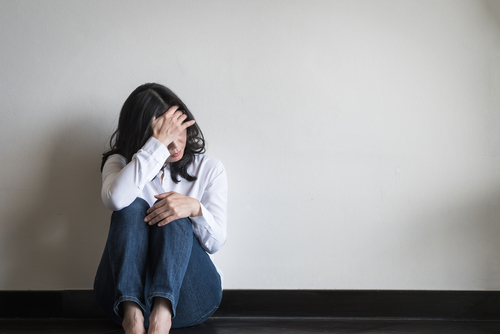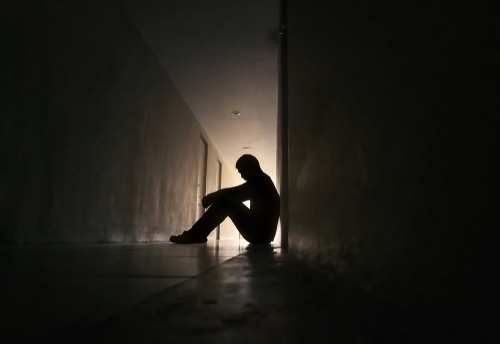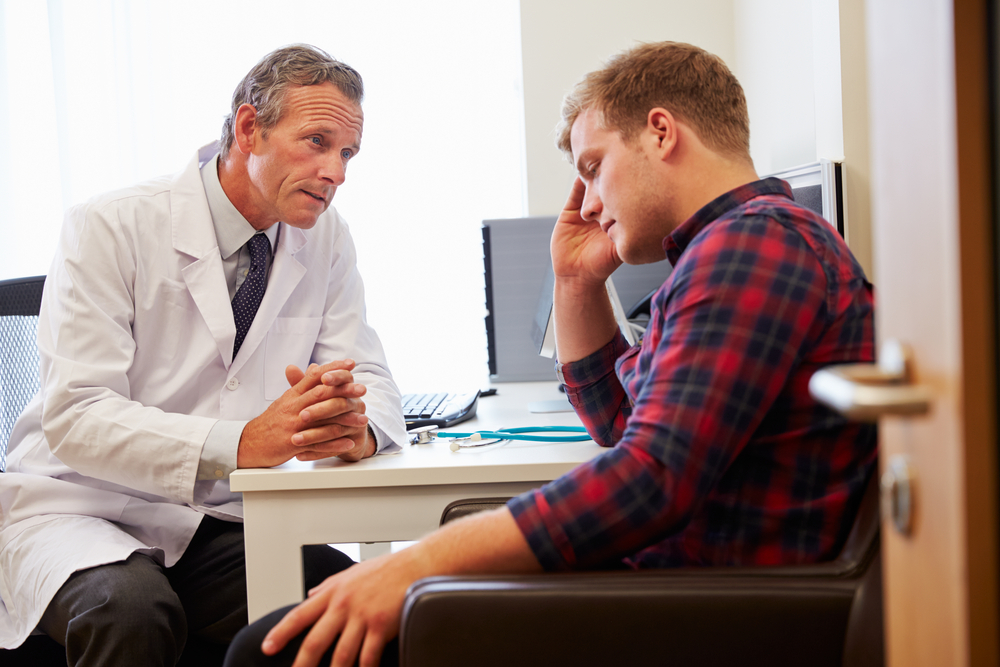
Depression is listed in the Diagnostic and Statistical Manual of Mental Disorders, Fifth Edition (DSM-5) as a major depressive disorder, and is sometimes referred to as clinical depression. It is characterized by persistently depressed mood and/ or a loss of interest in previously enjoyed activities, impairing one’s ability to function in his or her daily life. The various symptoms associated with depression can range from mild to severe. While depression can develop at any age, symptoms commonly surface in adolescence and young adulthood. There is no single identifiable cause of depression, rather Harvard Health asserts that there are many possible causes of depression. The Cleveland Clinic provides examples of factors that may play a role in its development, including but not limited to the following:
- Brain chemistry: Abnormalities in brain chemical levels may lead to depression.
- Genetic vulnerability: A family history of depression can increase one’s propensity for developing depression.
- Life events: Stress, the death of a loved one, upsetting events (trauma), isolation, and lack of support can cause depression.
- Medical conditions: Ongoing physical pain and illnesses can cause depression. Depression is a common comorbidity of other illnesses such as diabetes, cancer, and Parkinson’s disease.
- Medication: Depression is a side effect of some medications.
- Recreational drug and alcohol use: can cause depression or exacerbate one’s depression.
- Personality: People who are easily overwhelmed or have trouble coping may be prone to depression.
To be diagnosed with depression, a person’s symptoms must fit the criteria outlined in the DSM-5. An individual must be experiencing five or more of the following symptoms during the same 2-week period and at least one of the symptoms should be either (1) depressed mood or (2) loss of interest or pleasure:
- Depressed mood most of the day, nearly every day.
- Markedly diminished interest or pleasure in all, or almost all, activities most of the day, nearly every day.
- Significant weight loss when not dieting or weight gain or decrease or increase in appetite nearly every day.
- A slowing down of thought and a reduction of physical movement (observable by others, not merely subjective feelings of restlessness or being slowed down).
- Fatigue or loss of energy nearly every day.
- Feelings of worthlessness or excessive or inappropriate guilt nearly every day.
- Diminished ability to think or concentrate, or indecisiveness, nearly every day.
- Recurrent thoughts of death, recurrent suicidal ideation without a specific plan, or a suicide attempt or a specific plan for committing suicide.
These symptoms must cause the individual clinically significant distress or impairment in social, occupational, or other important areas of functioning. The symptoms must also not be a result of substance abuse or another medical condition.
The information above is provided for the use of informational purposes only. The above content is not to be substituted for professional advice, diagnosis, or treatment, as in no way is it intended as an attempt to practice medicine, give specific medical advice, including, without limitation, advice concerning the topic of mental health. As such, please do not use any material provided above to disregard professional advice or delay seeking treatment.



